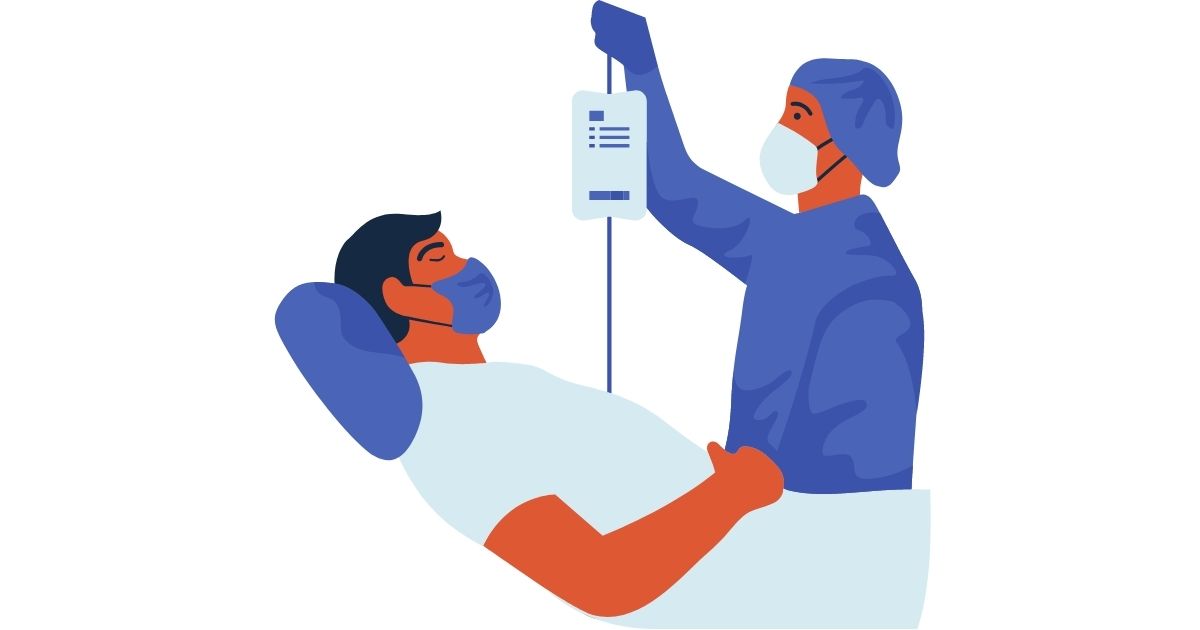


There are secure messaging and collaboration mobile apps by SpiderOak, however there is no mobile access to SpiderOak One (aside from accessing via the limited-function browser portal). It’s not as well designed as the software, which somewhat lets it down. The web portal is more basic and limited than the desktop clients, though it does let you get at your files, your devices and your shares if you need to download them again. What we do like is the help documentation, which is concise and jargon-free, and you can get at this either through the desktop apps or through the SpiderOak One website.

It's possible to search through files from the desktop client as well, though it's not up to the standard you get with the likes of Google Drive and Dropbox at the moment. This shouldn’t matter too much to most users, though, who will likely use the desktop client running in the background automatically keeping data up-to-date. Having said that, some backup providers we tested managed the upload in around 5 minutes, so SpiderOak One wasn’t the quickest for us. In our tests, backing up a 1GB file took a little over 10 minutes, which is fairly average and in line with many other services.
#Spideroak phone number software#
If you don't want to pick out specific files and folders, then you can just point the software towards specific types of files on your system – files like emails, documents, movies and music. The main interface is split up to cover backing up, syncing, your devices, and file and folder sharing. Backing up and syncing was configured in minutes and then you can just sit back and let SpiderOak get on with it. That said, there’s also heaps of control without needing to log into the browser platform. The desktop clients for SpiderOak are some of the cleanest and easiest to use that we've come across during our cloud storage testing: they're a breeze to use and make the process of picking files and folders to back up very simple. (Image credit: SpiderOak) SpiderOak One interface


 0 kommentar(er)
0 kommentar(er)
